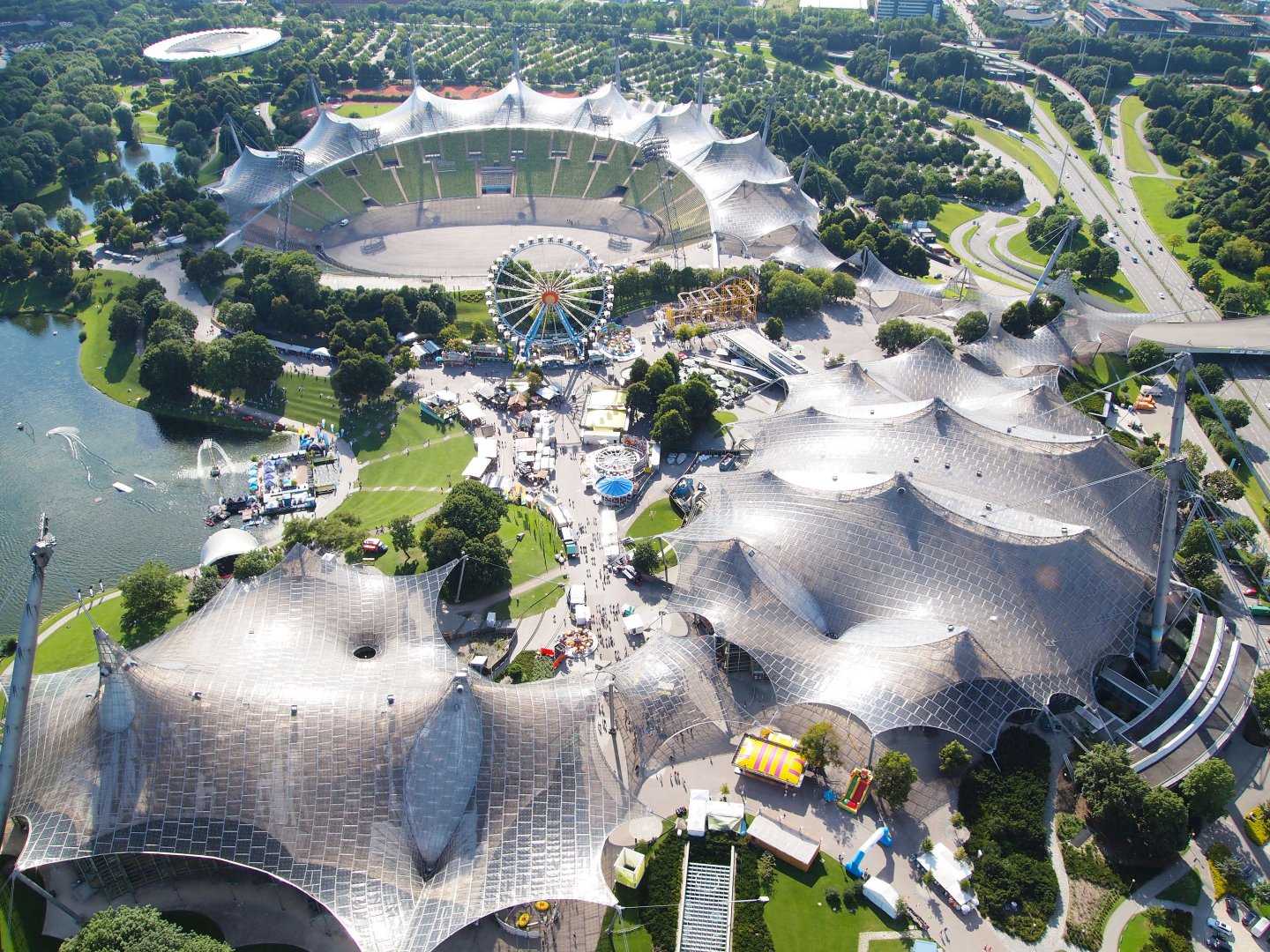
Comparison of Two Partitioned Fluid-Structure Interaction Simulation Methods for a Membrane Loaded by Ponding Water and Wind
Please login to view abstract download link
Membranes frequently cover large surfaces with a light and beautifully curved roof. However, their ability to withstand challenging loading conditions needs to be verified, especially for constructions that are not entirely included in norms or guidelines. In this work, the focus is on numerical methods to analyse the combined effect of wind and ponding water on a tent, more precisely on partitioned fluid-structure interaction (FSI) methods that couple a flow solver with a structural solver [1]. A brute force approach is to use a two-phase flow solver (TPS) for the wind and the ponding water together, even though the multi-phase flow is only present in a small part of the fluid domain. Alternatively, the wind flow with gusts and turbulence can be calculated separately from the ponding water (WWS), as the interaction between wind and ponding water is weak and the water is only present in a small region compared to the large domain required for the wind simulation. In this WWS approach, the FSI coupling algorithm adds the loads from the two flow solvers that calculate wind flow and ponding water, and then transfers the combined load to the structural solver, which in turn calculates the structural deformation that is then transferred to both flow solvers. The sloshing of the ponding water on the moving tent can be calculated using a two-phase solver in a small domain with initially stagnant air, but also using e.g. a particle based method that neglects the air entirely. We present a comparison between TPS and WWS for a square tent with an initial deformation by ponding water [2] that is subjected to a wind gust. The results indicate that the separate calculation of both loads by the WWS approach is 20% faster with similar displacement as the brute force TPS approach. REFERENCES [1] N. Delaissé, T. Demeester, R. Haelterman, and J. Degroote, “Quasi-Newton methods for partitioned simulation of fluid-structure interaction reviewed in the generalized Broyden framework”, Archives of Computational Methods in Engineering 30 (2023) 3271-3300, doi: 10.1007/s11831-023-09907-y. [2] N.K. Narayanan, R. Wüchner, and J. Degroote, “Monolithic and partitioned approaches to determine static deformation of membrane structures due to ponding”, Computers & Structures 244/106419 (2021) 1-22, doi: 10.1016/j.compstruc.2020.106419.

